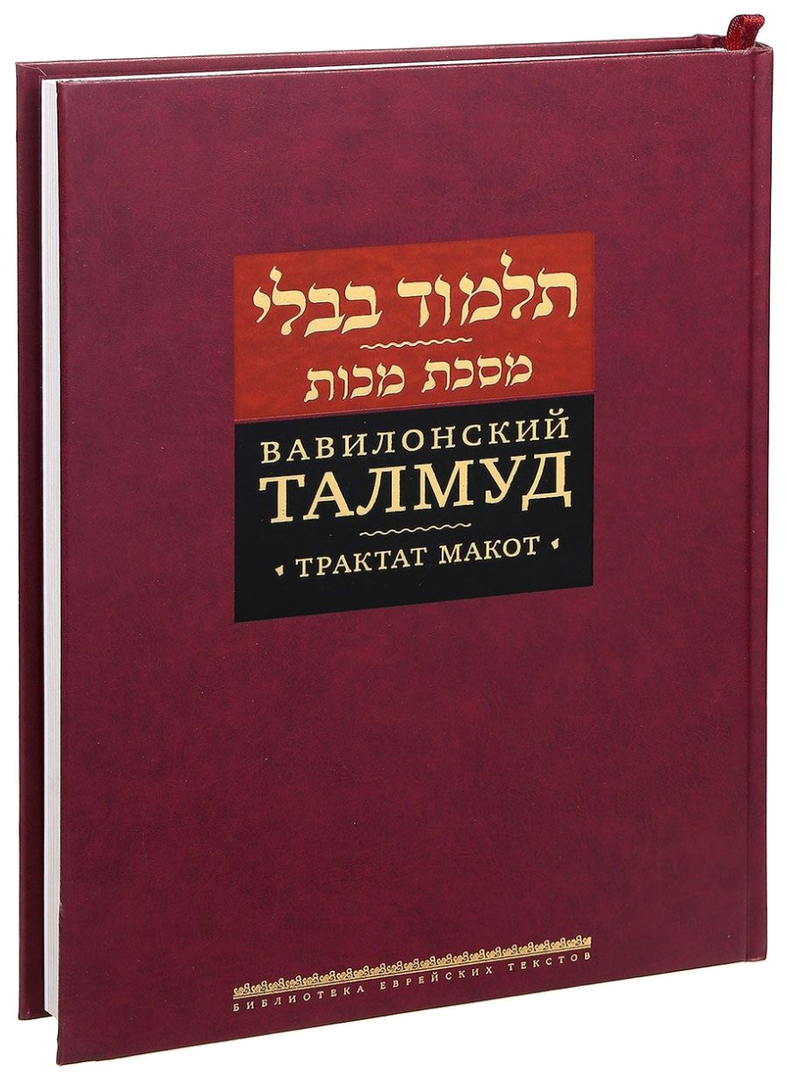Before the warm brick house need to be defined in advance with the methods and materials for thermal insulation. For convenience, you can make a rough preliminary estimate. In this case, it is best to spend some time and as thoroughly as possible to consider several options. So get to choose the most profitable and efficient design.
The house can insulate both during the construction and when the house has long exploited. The most effective and least expensive is the insulation of a brick house under construction or major repairs, but, respectively, and are not always acceptable. Choosing the optimal option depends on several factors.
Comparison of different methods
- Thermal insulation in the construction or repair. During the construction of the building is required to think about quality of insulation. Many of the works is conveniently carried out at this stage, some, in consequence, are already available or will become much more labor intensive. Most jobs require special knowledge and skills and have a lot of nuances, so if you do the work yourself, you must first examine and prepare for technology.
- External insulation. It has its advantages, but there are some drawbacks. If you like the look of himself brickwork and masonry trim looks very stylish, this method is not suitable, since the appearance of the facade will certainly change. In addition, external works are seasonal. Performing outside work could be delayed due to bad weather. Yet due to the fact that the materials and coatings operated in adverse conditions, require the use of more resistant and therefore expensive materials. The main advantage is the durability when it is properly installed.
Thermal insulation in the construction of a brick house
During the construction of the insulation can be laid into the masonry. For this kind of camera is being built between the pins fastened halves of the walls. Then she filled insulating components. This can be expanded clay, foam and synthetic, mineral and insulators, and others. In this case, you need to choose the most durable materials. Despite the fact that the impact on the environment is minimized under plaster filler, replacing them is virtually impossible. Therefore, one of the best options for such needs is a concrete block. It is quite cheap, has excellent performance (low thermal conductivity, light weight, non-flammability) and has virtually no restrictions on service life. This can also be done if you have decided to impose a brick building erected already in the framework of a major overhaul.

The choice of heat-insulating material
First, it helps to understand than to insulate the inside and outside of the brick house will be the most effective. To do this, compare the different types of insulating materials. Choose a good and suitable thermal insulator is extremely important.

The materials used for insulation:
- Mineral wool. Basalt fiber is laid in a special box then closed outer trim. Pros: cheap, environmentally friendly, non-flammable, easy to transport, does not require leveling walls prior to installation, not much increase the load on the foundation. Cons: not enough long-lived, with a slight violation of the vapor barrier properties significantly loses and becomes unusable.
- Styrofoam or foam panels. They can also be laid in the duct or wall laid out on its own, then covered with plaster and decorative coatings. Pros: Lightweight plate, do not give a high load on the foundation is relatively easy to install, versatile, high sound insulation. Disadvantages: the alignment wall before assembly, fuel, during combustion can release harmful substances, neekologichen requires special conditions of recycling, rather fragile, has low water vapor permeability,
- Extruded polystyrene. Synthetic material, similar to the properties of the foam, is less popular. Pros: high rates of heat and sound insulation, is easy, is not affected by the fungus, corrosion and rotting, it is durable. Cons: high flammability with the release of toxic hazardous substances, the greenhouse effect, is quite expensive.

- Thermal insulation plaster. It may be applied as a hand tool and special nozzles. Note that the outer layer of the surfacing material must have a sufficient degree of moisture protection. Pros: does not require thorough preparation of walls (only need treatment primer application beacons), resulting in a substantially smooth surface, non-flammability, non-toxicity, environmental friendliness. Cons: Because of the high density significantly increases the load on the walls and the foundation, at the wrong installation can very quickly come into disrepair, the possibility of applying only a small layer at a time, the need for additional protection moisture.
- Cork insulation. Are unsuitable for outdoor work, better insulate the wall from inside their home. Pros: environmentally friendly, natural, high insulation, no greenhouse effect. Cons: fire risk, susceptibility to corruption, may be damaged by pests, fragility.
- Zaduvnoy insulation. Suitable for insulation of walls, roofs and floors, when all the construction is already built and their dismantling is impossible or undesirable. The most commonly used to insulate the floor, as you want to create only a relatively small hole to fill the void between joists.
External wall insulation
To decide what is best to warm brick house from the outside, it is worth considering a few different materials. Each has its pros and cons, so for each individual case you need to make a choice based on the individual characteristics of the building. Also, when choosing a need to consider climatic conditions, the thickness of the walls and erected a brick structure used, the type of masonry, heating system, the budget. It is not necessary to howl and about moisture and paroizlyatsiyu. The decision about how to insulate a brick house outside taken individually or as a unique universal method does not exist.
There are three basic methods of external insulation: brick (vetiliruemy facade), insulation panel material, applying a heat-insulating plaster.
internal insulation
In order to insulate the brick wall on the inside need to choose the most environmentally friendly materials. In addition, they must be the least flammable, as is often the wiring, network cable and other communications are conducted inside the box under the insulation. Sockets same in either case, recessed into the wall and the wire in contact with the filling material. Therefore, the choice of materials vysokogoryuchih undesirable. These isolators are suitable for those cases where the use is absolutely isolated. You can combine a number of different materials, it can help to achieve the desired effect.

This article will help determine the choice of method as warm brick house from the outside to select suitable materials and methods. Before starting work, looking for the most detailed step by step instructions if you intend to carry out work on their own.



